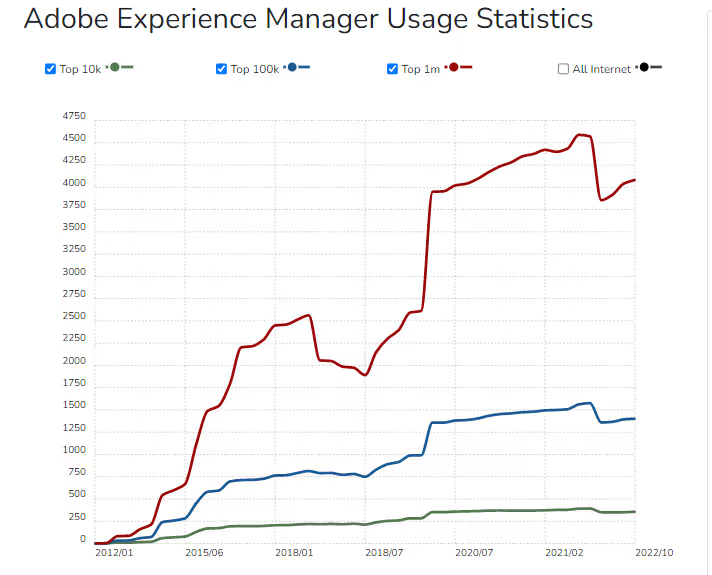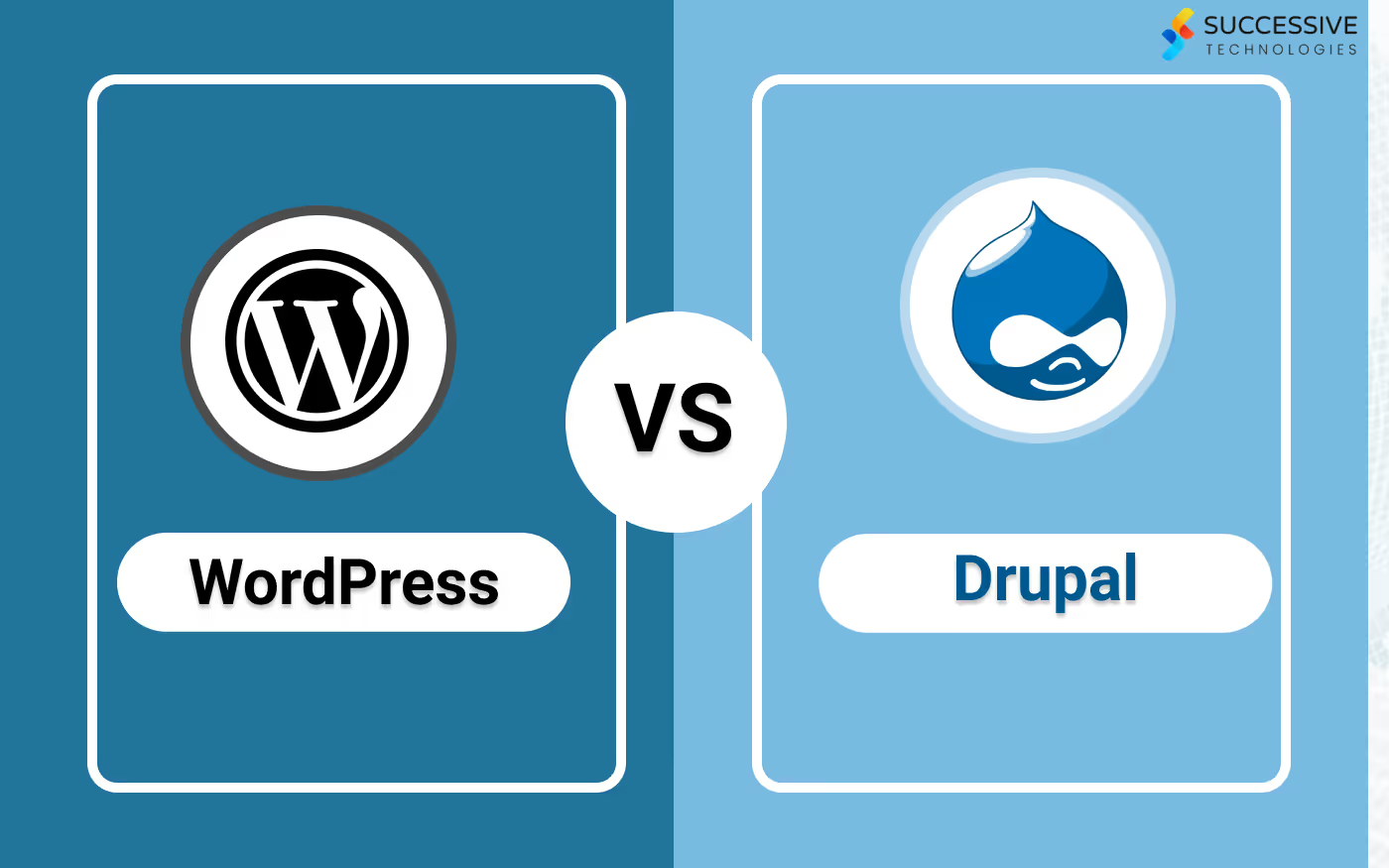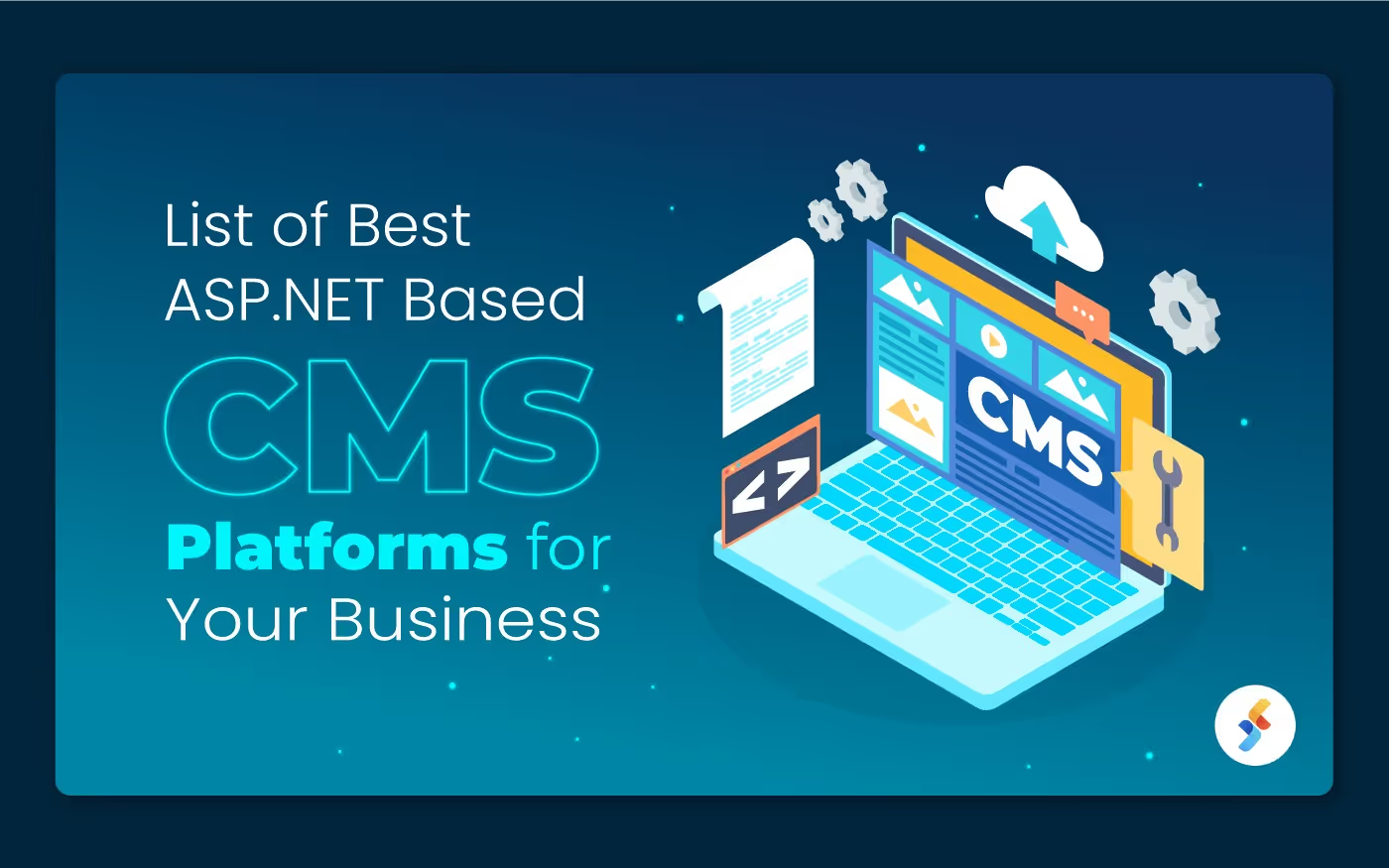Adobe Experience Manager is a cloud-based platform that provides eCommerce, community management, advertising, search, and discovery solutions. With AEM, businesses can create multichannel experiences for users across devices using a single CMS control panel. It helps companies build a more personalized customer experience through integrated content and skills libraries for all marketing channels.Well, this blog is designed in such a way to share every aspect you must know about Adobe Experience Manager (AEM). Therefore, stay tuned with the write-up to know!!Let’s Get Started!!
What is Adobe Experience Manager (AEM)?
According to Trends.BuiltWith 1,29,756 websites are Adobe Experience Manager customers. Additionally, 91,417 websites used AEM in the past, and currently, 38,339 websites take advantage of the AEM platform.

Adobe Experience Manager (AEM) is a content management system (CMS) and digital asset management (DAM) platform developed and sold by Adobe. It allows organizations to manage and deliver their digital assets, such as images, videos, documents, and website content, across all channels, including websites, mobile apps, and social media.One of the key features of AEM is its ability to personalize and optimize the user experience across different channels and devices. It uses various tools, such as analytics and targeted content delivery, to create unique, personalized experiences for each user. This can help to increase engagement, conversions, and overall customer satisfaction.AEM also provides a range of features for creating, managing, and delivering digital assets, including support for video, audio, and image files, document management, and collaboration tools. It also provides a set of APIs and developer tools, enabling customizations and integration with other systems.Some of the key use cases of AEM are:-
- Website Management
- Multi-channel content distribution
- Digital Asset Management
- Personalization and Optimization of User Experience
- E-commerce and Online Communities
- Mobile App Content Management
AEM is typically used by larger enterprises and organizations with a complex digital presence and must manage large volumes of digital assets and content across multiple channels and devices.
Features of Adobe Experience Manager
Adobe Experience Manager (AEM) includes many features to help organizations manage and deliver digital assets and content across multiple channels and devices. Some of the key features include:
- Content Management:
AEM provides a web-based user interface for creating, managing, and publishing content for websites and other digital channels. It supports various content types, including text, images, videos, and documents.
- Digital Asset Management:
AEM includes a powerful digital asset management (DAM) system that allows organizations to manage and deliver their digital assets, such as images, videos, and documents, across all of their channels. It also includes features for searching, tagging, and organizing assets.
- Personalization and Optimization:
AEM provides various tools for personalizing and optimizing the user experience across different channels and devices. It uses analytics and targeted content delivery to create unique, personalized experiences for each user.
- Workflow and Approval:
AEM includes an advanced workflow and approval system that allows organizations to manage and automate creating, reviewing, and publishing content. It includes support for multiple users and roles and can be integrated with other systems.
- Templates and Components:
AEM provides a wide range of templates and components that can be used to create and deliver content across multiple channels and devices. These templates and components can be customized and extended to meet the organization's specific needs.
- Mobile App Content Management:
AEM allows the management of mobile app content and experience, creates and delivers mobile app content, and manages the experience across different mobile platforms.
- Forms and Surveys:
AEM also includes a forms and surveys feature, which allows the creation, delivery, and management of forms and surveys.
- E-commerce and Communities:
AEM also allows the management of e-commerce, commerce catalogs, and online community support.
- APIs and Integrations:
AEM provides a set of APIs and developer tools, enabling customizations and integration with other systems.
These are just a few examples of AEM's many features, but AEM provides much more for better user experience, management, and other benefits for organizations. It is a comprehensive platform that can be customized to meet the specific needs of different organizations.Also Related: Key Factors for Successful AEM Implementation
How does Adobe Experience Manager work?
Adobe Experience Manager (AEM) is a content management system (CMS) that allows organizations to create, manage, and deliver digital experiences across websites, mobile apps, and other channels. It is built on top of the Adobe Marketing Cloud, which provides a suite of tools for creating, managing, and analyzing digital marketing campaigns.AEM comprises several modules, each providing specific features and functionality. Some of the key modules in AEM include:
- Content Management: This module allows users to create, edit, and publish content across multiple channels and devices. It includes a built-in WYSIWYG editor, versioning, and workflow management features.
- Digital Asset Management: This module allows users to manage digital assets such as images, videos, and documents. It includes features for organizing and searching for assets and setting access controls.
- Web Content Management: This module provides the tools to create and manage web content, including the ability to create and edit pages and add components like forms, maps, and image galleries. It includes responsive web design features and SEO optimization.
- Forms: Allows for creating forms and managing submissions.
- Communities: Allows for creating and managing online communities, forums, and member profiles.
- Sites: Allows for creating and managing websites, including templates, pages, and navigation menus.
- Workflow: Allows for creating and managing workflows, which automate tasks such as content approvals, translations, and publishing.
- Campaign: This module allows for creating and managing digital marketing campaigns across multiple channels, including email, social media, and display advertising.
These are some of the main modules of AEM, but it also has many add-on features and capabilities, Like AEM Screens, AEM Forms, AEM Mobile, AEM Assets, AEM Sites, AEM Marketing Cloud, AEM Commerce, etc. The features and capabilities included with AEM will depend on the specific version and configuration of the software you are using.It's an excellent solution for companies who want to manage and deliver digital content across channels, personalize the customer experience, and track the results with analytics.
Who uses Adobe Experience Manager?
Adobe Experience Manager (AEM) is used by a wide variety of organizations and industries, including but not limited to the following:
- Large enterprise companies: Many companies use AEM to manage and deliver digital experiences across their websites, mobile apps, and other channels. AEM is particularly well-suited for organizations with complex content management needs and must manage large amounts of digital assets.
- Marketing and advertising agencies: AEM is used by many marketing and advertising agencies to create, manage, and deliver digital marketing campaigns for their clients. The software's wide range of features and functionality makes it a powerful tool for creating and managing personalized and engaging digital experiences.
- Retail and e-commerce: Retailers and e-commerce companies use AEM to create and manage online stores, product catalogs, and other digital experiences that help drive sales and revenue.
- Government organizations and non-profits: Government organizations and non-profits also use AEM to manage and deliver digital experiences, such as websites, portals, and online forms.
- Healthcare providers and insurance companies: these organizations use AEM to manage patient information, insurance policies, and benefits and also to create, manage, and deliver information and educational materials.
- Educational institutions: AEM is also used to manage and deliver digital experiences, such as websites, portals, and online forms.
Organizations of all sizes and industries can use AEM. Still, it is particularly well-suited for organizations that need to manage and deliver large amounts of content across multiple channels and devices.
What does an AEM developer do?
An Adobe Experience Manager (AEM) developer is responsible for designing, developing, and maintaining websites and web applications using the AEM platform. They work closely with designers, marketers, and other stakeholders to understand the requirements of a project and develop solutions that meet those requirements.Some of the specific tasks that an AEM developer might perform include the following:-
- Designing and building new websites and web applications using AEM.
- Customizing existing AEM components and templates to meet specific project requirements.
- Integrating AEM with other systems, such as e-commerce platforms, CRM systems, and analytics tools.
- Building and maintaining AEM workflows and automation processes.
- Setting up and configuring AEM security and access controls.
- Designing and implementing responsive web design solutions.
- Testing and debugging AEM solutions to ensure they meet project requirements and are free from defects.
- Optimizing AEM solutions for performance, scalability, and maintainability.
- Troubleshooting and resolving production issues as they arise.
In addition to these technical responsibilities, AEM developers must have strong communication and project management skills. They will often work closely with stakeholders to gather requirements, provide status updates, and ensure that solutions are delivered on time and within budget.AEM developers should have experience with Java, HTML, CSS, and JavaScript and a solid understanding of web technologies and architecture. Familiarity with other Adobe products and technologies, such as Adobe Marketing Cloud, Adobe Analytics, and Adobe Target, will be an added advantage.See Also: Why Adobe Experience Manager (AEM) is Ideal CMS For Enterprises
Is Adobe Experience Manager CMS the right CMS tool for my business?
Adobe Experience Manager (AEM) is a powerful and feature-rich content management system (CMS) that can create, manage, and deliver digital experiences across various channels and devices. Whether it is the right CMS for your business depends on several factors, including your specific business requirements, the size and complexity of your organization, and your budget.
Some of the advantages of using AEM-
Flexibility:
AEM provides a wide range of features and functionality that can be customized to meet your organization's specific needs. Whether you need to manage large amounts of content, deliver personalized digital experiences, or integrate with other systems, AEM has the tools to help you do it.
Scalability:
AEM is a robust and scalable platform that can handle the needs of large enterprise organizations. It can support high-traffic sites and handle large amounts of digital assets.
Integration:
AEM is part of the Adobe Marketing Cloud, which provides a suite of tools for creating, managing, and analyzing digital marketing campaigns. This allows organizations to easily integrate their content management and marketing efforts, which can lead to more effective digital experiences.
User Experience:
Adobe has a good reputation for creating products that are easy to use and have a great user experience. AEM also provides a built-in WYSIWYG editor, allowing easy content management and approval workflows.However, it's important to consider that AEM is regarded as a high-end and enterprise solution, thus can be more expensive than other CMSs, might need a dedicated IT team to maintain, and may not be suitable for smaller businesses with more basic requirements.To determine whether AEM is the right CMS for your business, it's important to evaluate your specific requirements and compare them to the features and capabilities AEM provides. It is also a good idea to consult with an experienced AEM development partner and/or Adobe for an evaluation & recommendation. They can help you understand how AEM can be configured to meet your specific business needs and guide the costs, timelines, and resources required for implementation.
Cost of Adobe Experience Manager (AEM) platform
Adobe Experience Manager has a customizable price. Licensing prices vary depending on the type of business and components you utilize. The pricing varies from mid-market to enterprise level. AEM enables you to manage, scrutinize, and customize your content across channels.
Bottom Line
In conclusion, Adobe Experience Manager (AEM) is a powerful, feature-rich content management system (CMS) that can help organizations improve their digital customer experience. AEM offers various tools and capabilities, including content authoring and management, asset management, personalization, and analytics. It also provides the following:
- A variety of integration options.
- Making it easy to connect with other systems, such as CRM.
- Marketing automation.
- E-commerce platforms.
One of the key benefits of AEM is its flexibility. It can be used to create and manage websites, mobile apps, and other digital experiences and supports a wide range of content types and formats. Additionally, AEM's intuitive authoring interface makes it easy for non-technical users to create and manage content. At the same time, its APIs and extensibility options allow developers to create custom integrations and workflows.Another strength of AEM is its scalability. It can be deployed on-premises, in the cloud, or as a hybrid solution, and it can handle high levels of traffic and large amounts of content. This makes it a suitable solution for large enterprises and organizations with complex digital landscapes.In a nutshell, Adobe Experience Manager is a robust solution for managing digital experience and content, with powerful features and flexibility to meet the demands of today's digital world. It can help your organization deliver personalized, consistent, and effective digital experiences across channels, helping to build brand loyalty and increase customer engagement if implemented and used correctly.
.avif)










.jpg)









